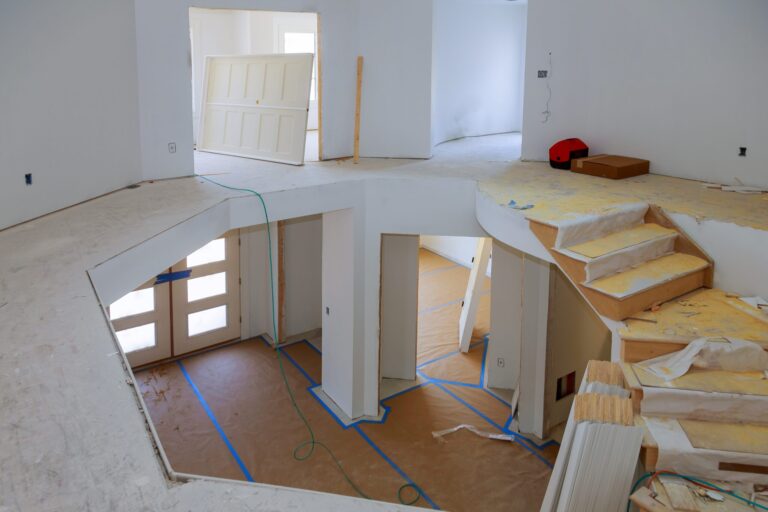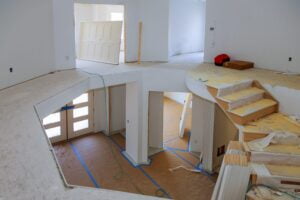The southernmost state of the contiguous United States, Florida is a popular destination for visiting and living in for people of all ages. Nicknamed “The Sunshine State,” Florida provides abundant sunshine, sandy beaches, relaxation, and rest to the older adults and retirees who choose to settle down in this state after finishing their careers. Statistical data reported by the Pew Center for Research demonstrates how widespread the decision to move to Florida is. With more than 19 percent of Americans 65 years old and older living in Florida (the highest percentage in the U.S.) it’s clear that Florida is a major retirement destination.
Florida’s cities and beaches appeal to younger adults, too, with places like Daytona, Miami, and Tampa being popular destinations for spring and summer vacations. For instance, Fort Lauderdale is a Floridian city famous for spring break that served as the setting for a spring break film in the 1980s and has many party spots that tourists and Florida residents can enjoy. Likewise, Orlando, home to Disney World, is also a popular place for people to move to and visit.
The visitor attractions and beaches, not to mention the enjoyable weather and climate, are just some reasons to consider moving to Florida. When planning and preparing for a move to Florida, people should consider relevant factors such as their financial status, the cost of living in a specific city, food-related expenses, healthcare, and homeownership, home maintenance, and utility costs. Furthermore, it’s beneficial to explore the job outlook and work opportunities in the Florida city you may move to, academic institutions, and hospital and emergency services. Keep reading for ways to plan a move to Florida.
Investigate housing prices in Florida cities.
A critical step in preparing a move to Florida is determining which city will be your new home. Cities and communities may vary in terms of comfort and convenience for established professionals and their families, people seeking a new job, or those who intend to start a family. Researching your desired city and its neighborhoods ahead of your move is the practical thing to do.
It’s crucial to consider a city’s residential sales and if the median home prices are within your budget and price range. For instance, if you’re considering a move to Miami, it can be beneficial to know that in August and September 2020, residential sales in South Florida surpassed those of 2019. In September, the median price for a single-family property in Miami-Dade County and Broward County reached an all-time high of $425,000. It’s in prospective homebuyers’ and residents’ best interest to consider moving to a city and neighborhood that’s suitable for their lifestyle, budget, and finances.
Seek professional guidance from a real estate agent.
Consulting a real estate agent can be a good idea when moving to a new city and state. They can make the process of buying a home more efficient and provide you with information relevant to your future community. A professional realtor can help you find your dream home and give you informed explanations regarding the home buying process.
A local real estate agent can offer you insight into the community climate and housing in the neighborhoods you might be considering for your relocation. Such information can help you decide how suitable an area may be for your wants, needs, and lifestyle. Additionally, a professional realtor can arrange for home tours of properties that interest you and negotiate deals on your behalf.
Prepare yourself and your property for Florida’s climate.
The weather in Florida typically remains warm throughout the year. Summers in Florida are humid and may see the onset of thunderstorms. Mild temperatures and occasional cold air characterize winters in Florida. Meanwhile, southern Florida can be one of the warmest places in the contiguous United States during winter.
In addition to warm weather, prospective homeowners in Florida should prepare for hurricanes—storms formed over warm waters, typically beginning in the Caribbean. The Atlantic season for hurricanes typically runs between June and November. When moving to Florida, include methods of hurricane-proofing your property into your plans.
A professional remodeling company can provide homeowners with services and tools to support and complete hurricane-proofing and home protection efforts ahead of hurricane season. Professional contractors at a remodeling company, such as FHIA Remodeling, can equip homeowners with the best, most durable hurricane windows in Miami, as well as sturdy doors that can withstand hurricanes and extreme weather conditions. Homeowners in Miami and other Florida cities can rely on a remodeling company to upgrade their homes in ways that can lower their energy bills and offer protection, keeping them safe in all kinds of weather.

Whether you move to Orlando, Tampa, Boca Raton, or Miami, you’ll likely need a space to hold your belongings once you arrive in Florida. For instance, if Miami will be your new city of residence, consider renting a storage unit in Miami to store your possessions until you can move them into your new home.
Make time to inspect properties that pique your interest.
Identify properties that you think might be most suitable for you and your family. Schedule convenient times to tour the properties you have an interest in so you can examine them in-person yourself. Walking through the property and investigating it up close allows you to make sure the house you may move into has a clean and safe interior and exterior.
There are many things to inspect before buying a home, such as a roof, plumbing, insulation, walls, ceilings, floors, and appliances. When examining a home, you get the chance to see if it has working smoke alarms and carbon monoxide detectors or if it needs new ones. Likewise, a house tour allows you to identify any roofing problems, water damage risks, or issues with entrances, exits, and windows.
Once you’ve chosen a home, prepared it for hurricane season, and are able to move your belongings into your new place, you can take your time making your home more functional and arranging and designing it in ways that represent you, your family, and your interests. For instance, if you’re a plant lover, consider getting lush plant bundles to start an indoor garden and arrange them in aesthetically pleasing ways according to how much sunlight they require. Such actions and others are ways you can begin transforming your new house into a home.











